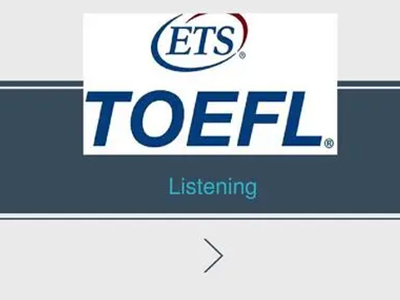
在托福阅读中有大量的长难句需要同学们来解决,在理解长难句时,同学们需要找准非谓语动词。本期就来给大家讲讲如何理解托福阅读长难句。

非谓语动词其实只要三种方式:
to do/doing/done,即动词不定式,动名词和分词(现在分词和过去分词)
留意其中的doing/done都是独立呈现的,前面没有任何方式的助动词,跟谓语的时态(be doing表进行时,have done表完结时)和被动语态(be done表被动语态)比较,方式上有显着差异,因而紧记16种时态及被动语态的构成及方式(详细解说,请见往期文章),对咱们区别谓语动词和非谓语动词,有很大帮助。
比如下面这个语句
The most widely accepted theory, championed by anthropologists in the late nineteenth and early twentieth centuries, envisions theater as emerging out of myth and ritual.

4个动词:
accepted,championed,envisions,emerging依据非谓语动词三种方式:to do/doing/done和体现在谓语动词上的一般现在时第三人称奇数,能够判别出,envisions(动词原型envision)是这句话的谓语,其它3个动词均为非谓语动词。
因而本句粗心为:一种被广为承受的理论,19世纪末到20世纪初的人类学家也支撑这种理论,这种理论设想了戏剧源于神话和宗教仪式。
又如:As a result,claims that eating a diet consisting entirely of organically grown foods prevents or cures disease or provides other benefits to health have become widely publicized and form the basis for folklore.
8个动词:eating, consisting, grown, prevents, cures, provides, have become, form, 依据非谓语动词三种方式:to do/doing/done和体现在谓语动词上的一般现在时第三人称奇数及现在完结时,能够判别出,prevents, cures, provides (动词原型分别为prevent, cure, provide)是同位语从句的谓语动词,have become, form(动词原型分别为become, form)则是主句的谓语,其它3个动词均为非谓语动词。
如果你还是一个托福小白,对做题技巧了解不多,语言基础也较为薄弱,快来预约试听为你量身定制的托福基础班。唯寻天团将为你,为后续托福强化打好基础。


点击
查看。

学习有方法,成长看得见
筑梦牛剑/G5/常春藤
